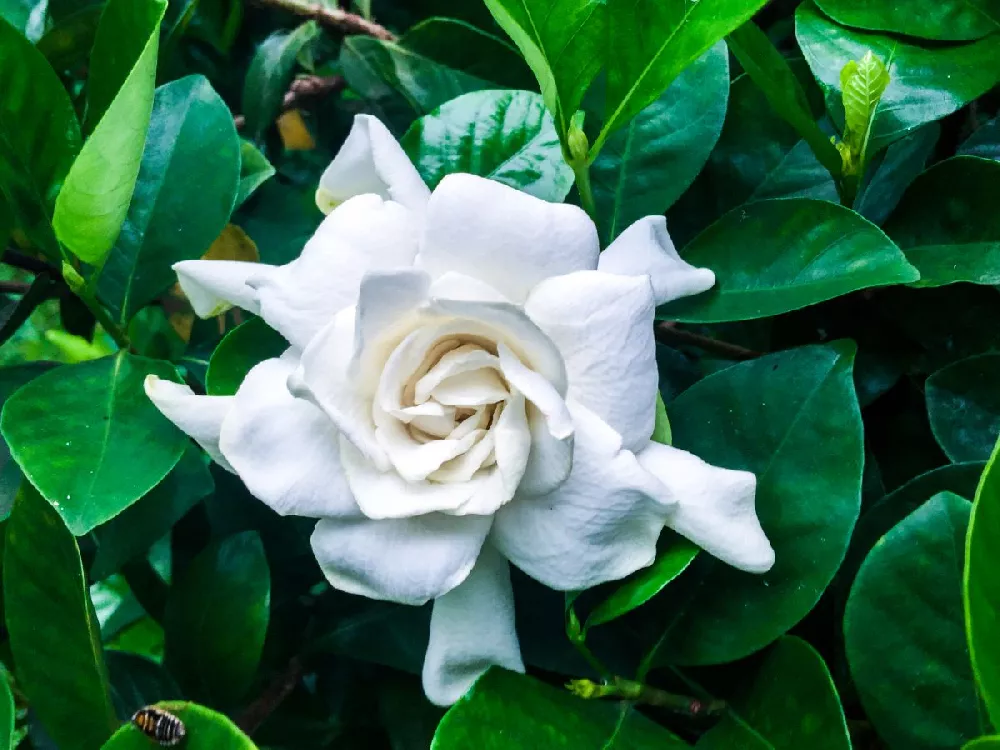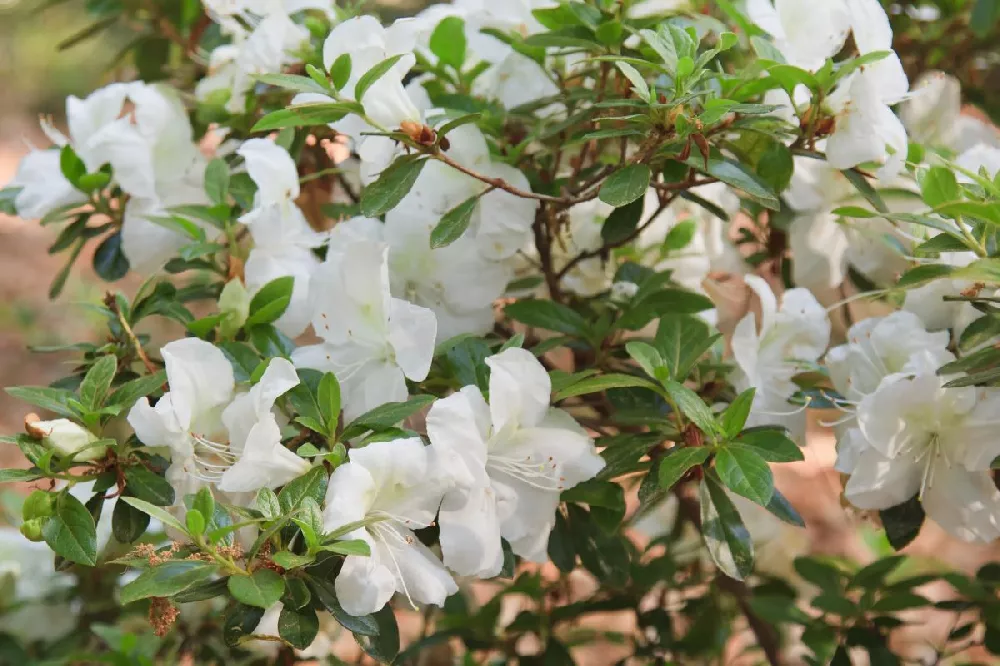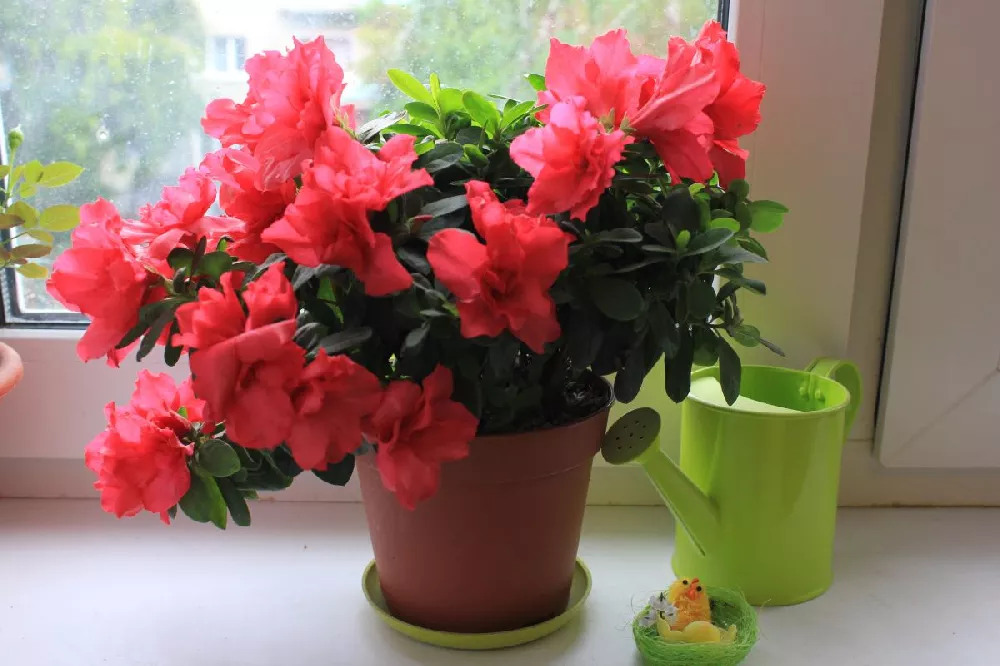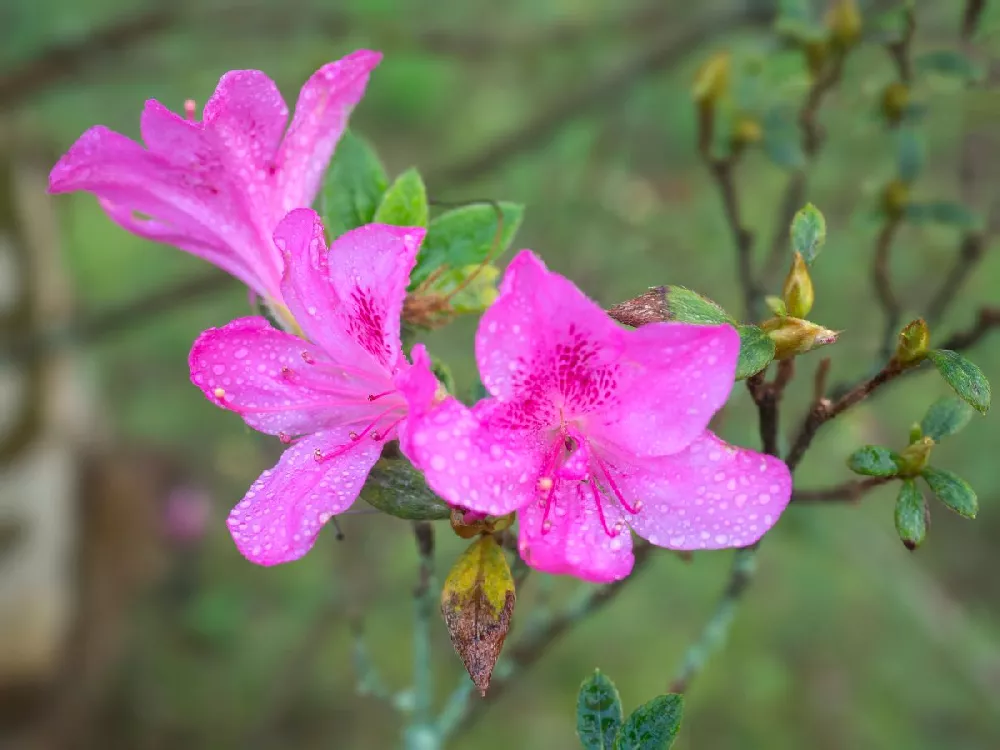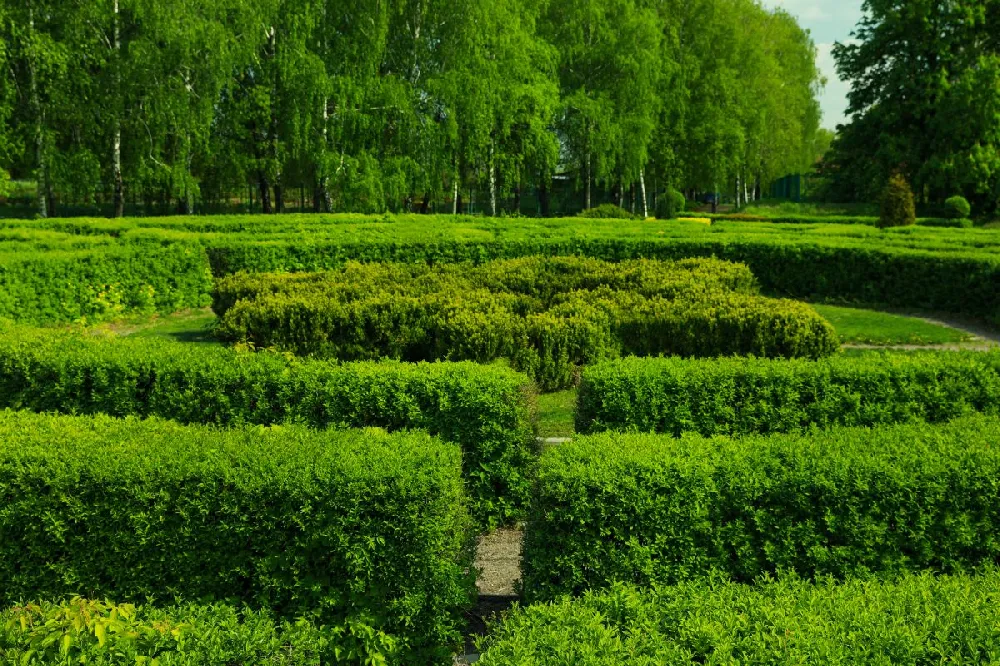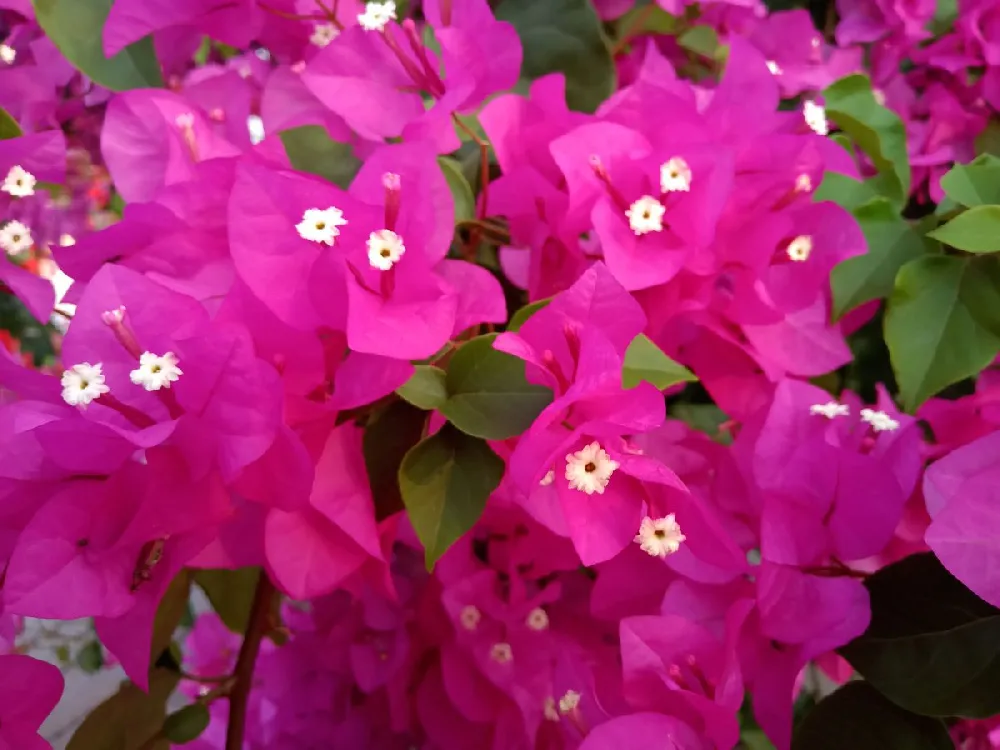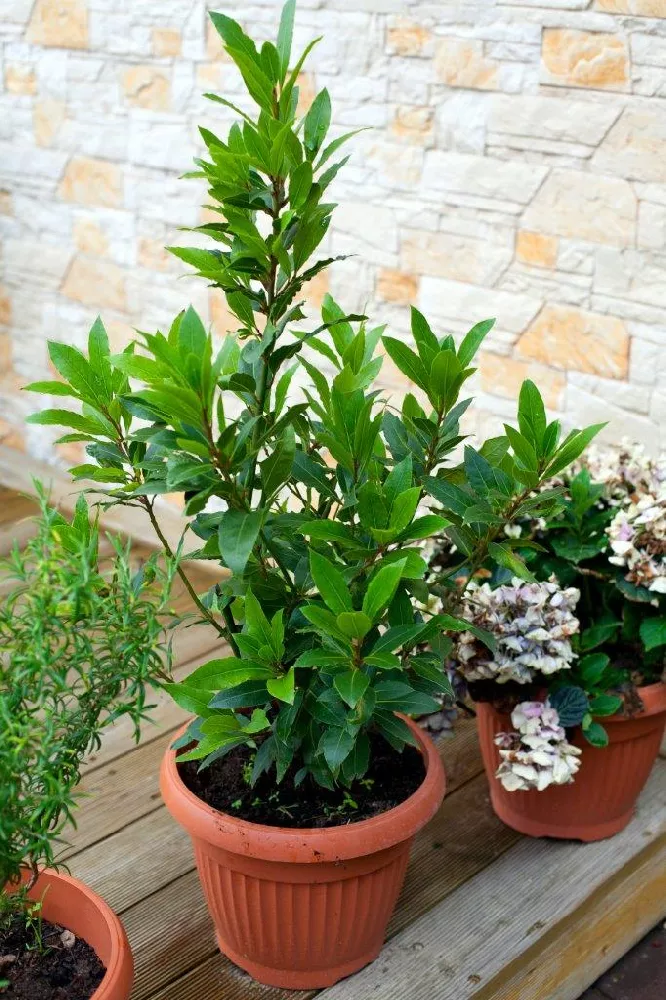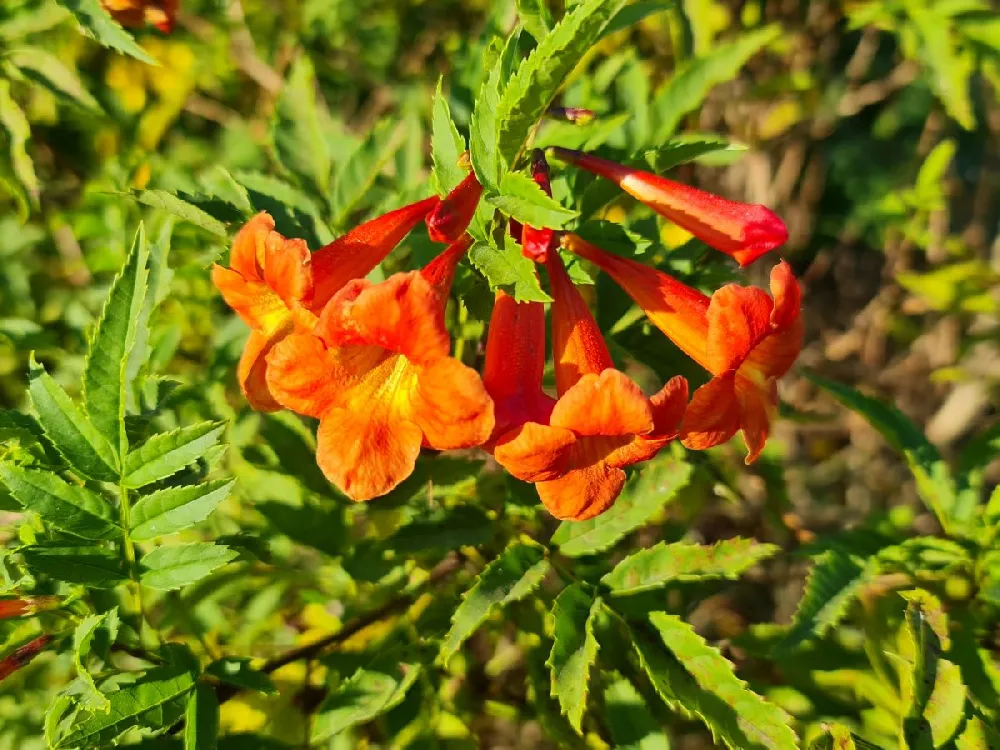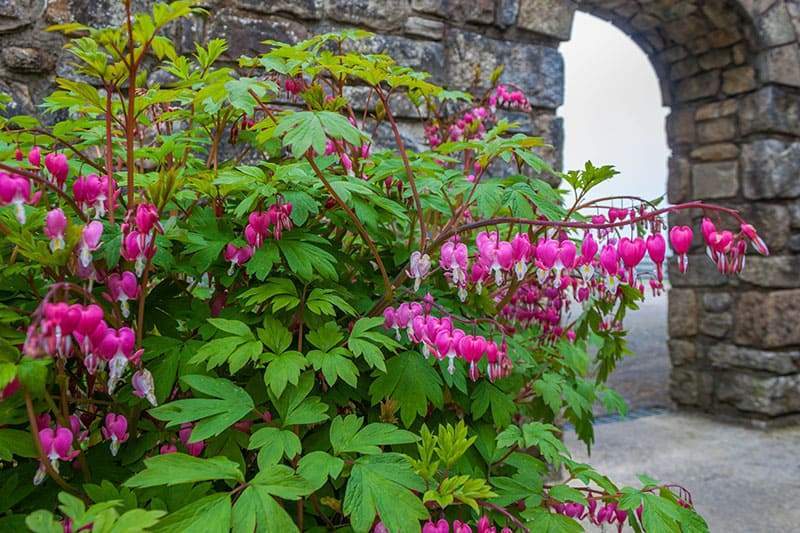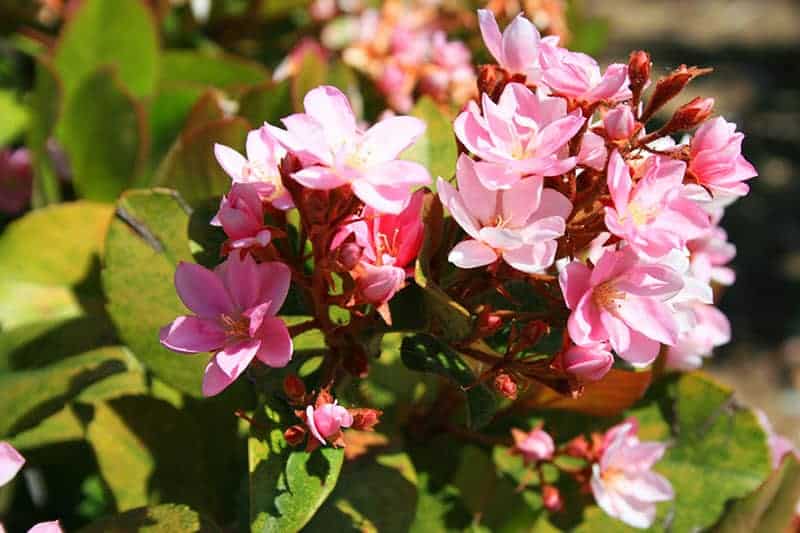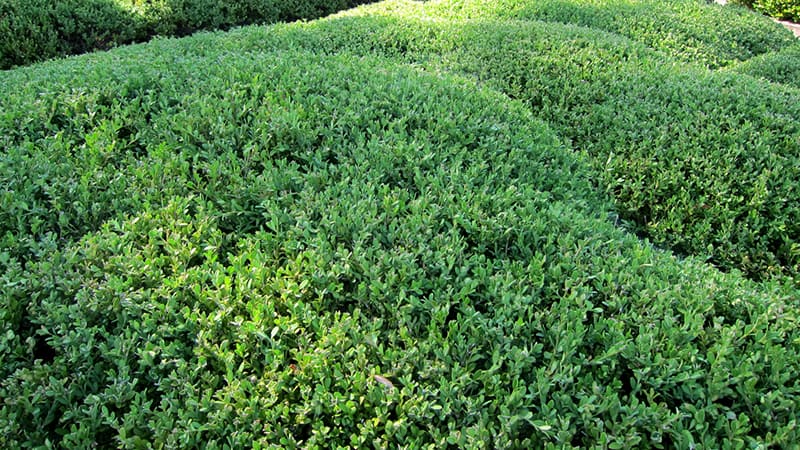- Home >
- Shrubs and Bushes >
- Types of Shrubs
Types of Shrubs for Sale - Buying & Growing Guide
Filters
Price Range
Growing Zones
Plant Type
Flower Color
Sunlight
Mature Height
Plant Characteristics
141 Results
-
Growing Zone(s): 3-9$36.95
$44.95Save up to 17% -
Growing Zone(s): 4-9$22.95
$27.95Save up to 17% -
Growing Zone(s): 8-11$23.95
$39.95Save up to 40% -
Growing Zone(s): 7-9$40.95
$79.95Save up to 48% -
Growing Zone(s): 6-10$41.95
$44.95Save up to 6% -
Growing Zone(s): 6-10$38.95
$73.95Save up to 47% -
Growing Zone(s): 5-9$42.95
$46.95Save up to 8% -
Growing Zone(s): 4-11 patio / 9-11 outdoors$124.95
$139.95Save up to 10% -
Growing Zone(s): 4-11 patio / 8-11 outdoors$58.95
$73.95Save up to 20% -
Growing Zone(s): 4-11 / 8-11$94.95
$129.95Save up to 26% -
Growing Zone(s): 3-7$48.95
$55.95Save up to 12% -
Growing Zone(s): 3-9$41.95
$57.95Save up to 27%
Types of Shrubs – Buying & Growing Guide
Shrubs are an essential element in any landscape design. These woody plants can be large or small, deciduous or evergreen, and often show noteworthy flowers and leaves. Along with coming in a diverse array of attractive options, shrubs also play a vital role in giving shape to garden spaces.
Types of Shrubs for Your Landscape
| Type | Growing Zones | Mature Height | Sun | Features |
| Azalea, Rhododendron | 5-9 | 8-20 feet | Partial shade: 3-4 hours | Broad-leaved evergreen with excellent spring flowers |
| Forsythia, Forsythia x intermedia | 5-8 | 8-10 feet | Full sun: 6-8 hours | Bright yellow, early spring flower, fast-growing |
| Rosebay rhododendron, Rhododendron maximum
|
3-7 | 5-15 feet | Part shade to full shade: 4 hours or less | Large flowers and broad, oval-shaped leaves |
| Red twig dogwood, Cornus sericea | 3-8 | 6-9 feet | Full sun to part shade: 4-6 hours | Bright red stems strike a contrast, especially in winter |
| Inkberry, Ilex glabra | 4-9 | 5-8 feet | Full sun to part shade: 4-6 hours | Evergreen oval leaves, dark berry-like fruit |
| Witchhazel, Hamamelis virginiana | 5-8 | 15-25 feet | Full sun to part shade: 4-6 hours | Spider-like flowers that bloom long into cold months |
| American arborvitae, Thuja occidentalis | 2-7 | 20-40 feet | Full sun to part shade: 4-8 hours | Reliable foliage year-round and excellent cold hardiness |
| Lilac, Syringa vulgaris | 3-7 | 12-15 feet | Full sun: 6-8 hours | Prominent lavender flower clusters with excellent fragrance |
| Oakleaf hydrangea, Hydrangea quercifolia | 5-9 | 5-7 feet | Full sun to part shade: 4-8 hours | Unique leaf shape, large flower panicles, decent fall color |
| Arrowwood viburnum, Viburnum dentatum | 2-8 | 8-12 feet | Full sun to part shade: 4-6 hours | Stark white flowers, nearly vertical stems produce upright shape |
How to Plant Shrubs
Planting woody plants, whether shrubs or trees, starts with digging a suitable planting hole. That hole should double the root ball’s width while matching its depth to the root ball’s height. The location of the hole matters as well.
Aim to plant a shrub in a place where it will receive its ideal degree of sun exposure and where the soil has the acidity and drainage qualities that the species prefers. Provide fertilizer and water in accordance with the species’ distinct needs.
After placing your shrub in your planting hole and backfilling with high-quality soil, cover the area with mulch. The mulch layer should be a few inches thick and be composed of organic material such as tree bark or wood chips. Finally, you should prune your shrub. Pruning at this stage will give your new plant the greatest chance to thrive from the start.
Tips for Pruning Shrubs
In the majority of cases, your shrub pruning should involve using loppers or hand pruners to remove entire branches and stems. The parts of the shrub you should remove are those that are either dead, broken, damaged, or crossing one another. Follow the branch you are removing until you reach the point where it connects to a larger branch. That is where you will make a clean pruning cut.
There are other pruning techniques you can use that are specific to certain varieties of shrubs. For instance, some evergreen shrubs will respond well when you shear or trim the exterior layers of foliage. There are also pruning methods you can use to increase the blooms of your flowering shrubs. Often, this involves removing spent flowers. But as always, you should seek to understand the individual pruning needs of each plant you own.


